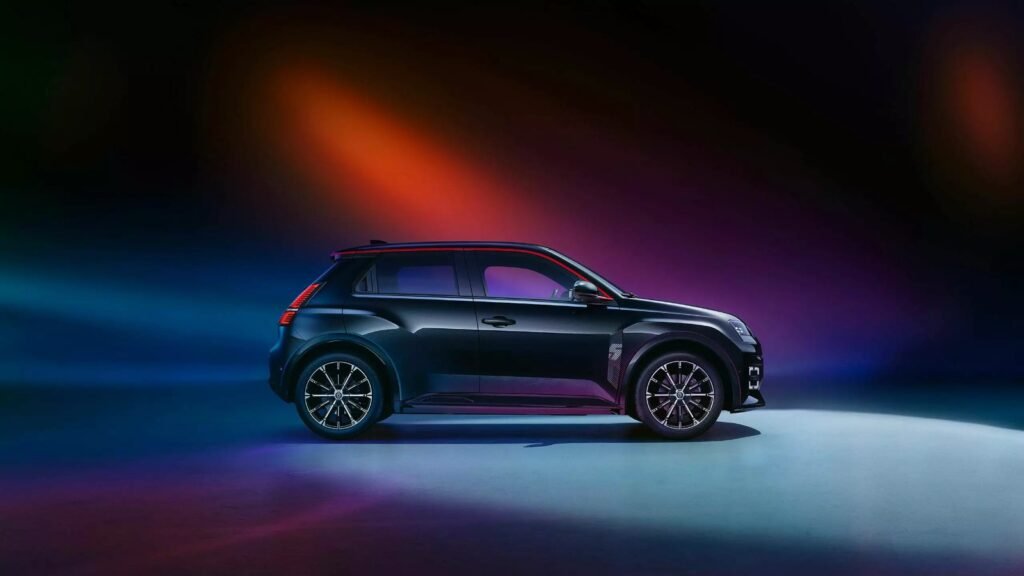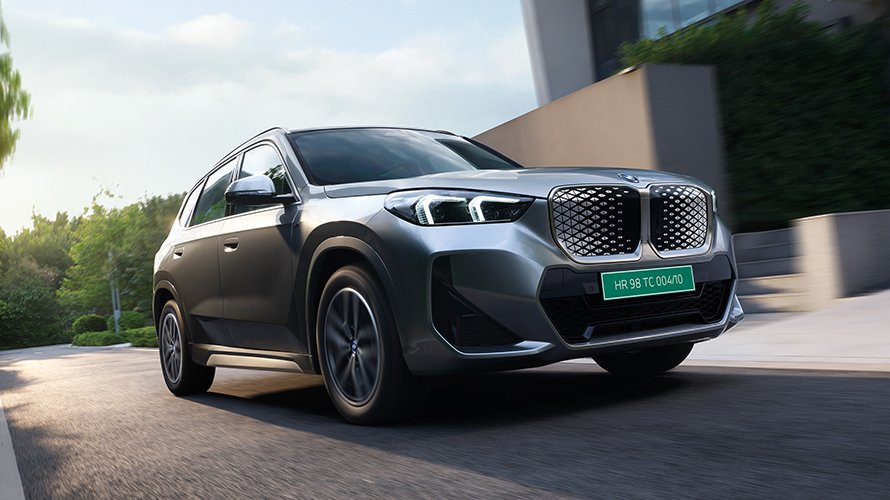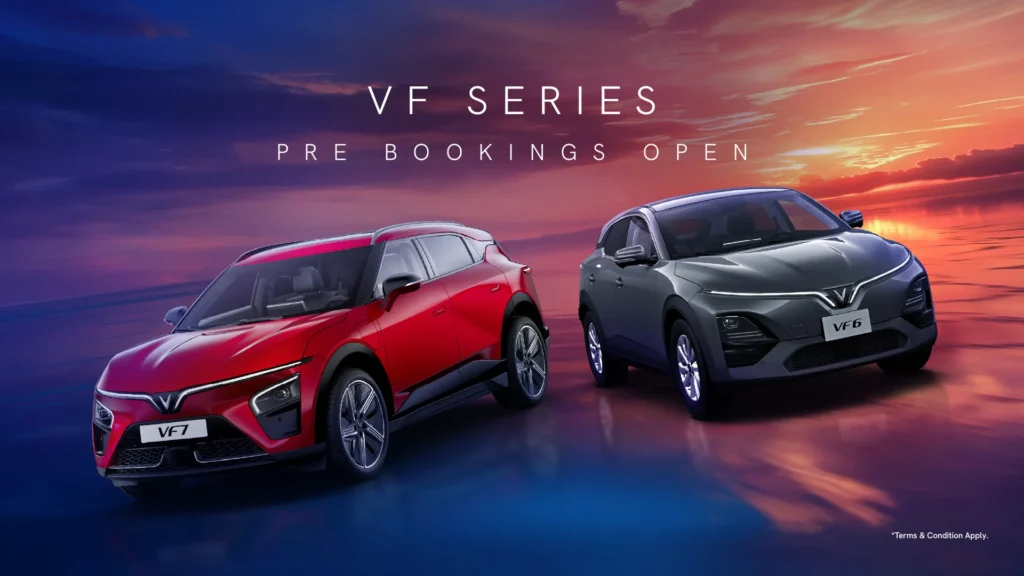The Renault 5 E-Tech, a retro-futuristic electric supermini, has captured imaginations since its unveiling, blending the iconic 1970s design of the original Renault 5 with modern EV technology. As a five-passenger, three- or five-door, front-engine, front-wheel-drive hatchback, it measures under 4 meters in length, making it agile for urban driving while offering up to 400km of WLTP range. Priced starting at around €25,000 (approximately ₹22 lakh) in Europe, it’s positioned as an affordable entry into electric mobility. But for Indian buyers, the burning questions are: Will Renault import or localize this global hit for the Indian market? And if so, can it be priced competitively in a segment dominated by budget-conscious consumers and rivals like the Tata Tiago EV?
As of September 2025, Renault’s India strategy signals a cautious yet ambitious push into EVs, but the Renault 5 doesn’t appear on the immediate horizon. Let’s break down the possibilities, challenges, and what it would take for this charming EV to succeed in India.
The Renault 5 E-Tech: A Quick Overview
The Renault 5 E-Tech is built on the AmpR Small platform, a dedicated EV architecture derived from the CMF-B EV, emphasizing affordability and efficiency. Key specs include:
- Battery and Range: Two options—a 40kWh LFP battery (194-250 miles WLTP, or about 310-400km) with 95-120hp, and a 52kWh NMC pack (up to 255 miles WLTP, or 410km) with 150hp. Real-world range in Indian conditions could dip to 250-350km due to heat and traffic.
- Performance: Front-wheel drive, 0-100km/h in 9 seconds (base model), with a top speed of 140km/h. It supports 80kW DC fast charging (10-80% in 30 minutes) and 11kW AC home charging.
- Design and Features: Retro styling with square LED lights, an illuminated ‘5’ badge, and pop colors. Inside, it seats five with sustainable materials, a 10.1-inch touchscreen with Google built-in, Reno AI assistant, and V2L (vehicle-to-load) capability. Boot space is 326 liters, expandable to 1,106 liters.
- European Pricing: Starts at £22,995 (₹25 lakh) in the UK or €24,900 (₹22 lakh) in base trims, rising to €33,000 (₹29 lakh) for top specs. It’s praised for its fun dynamics, chic interior, and value, earning European Car of the Year nods.
This supermini targets young urbanites and families seeking style without compromise, rivaling the Mini Cooper Electric, Fiat 500e, and Citroën ë-C3 in Europe.
Renault’s EV Roadmap in India: No Room for the 5 Yet
Renault entered India in 2005 and has built a niche with affordable models like the Kwid, Triber, and Kiger, but its EV foray has been delayed. As of mid-2025, the company has confirmed plans for two EVs by 2027, focusing on mass-market utility rather than premium superminis.
- Confirmed EVs: The first is the Kiger EV, a compact electric SUV launching in late 2026 or early 2027, priced under ₹15 lakh. Built on a dedicated EV platform (possibly a localized AmpR Small variant), it will feature a 30-40kWh battery for 300-350km range, targeting the Tata Nexon EV and MG ZS EV segments. The second is the Triber EV, a 7-seater electric MPV by March 2027, also sub-₹15 lakh, emphasizing affordability and space.
- Earlier Plans: Renault initially eyed a sub-₹10 lakh A-segment EV based on the Dacia Spring (a rebadged Kwid EV) for 2025, with a 26.8kWh battery and 225km range. However, recent reports indicate a pivot to larger models due to evolving market needs, infrastructure gaps, and competition from Tata and MG.
- Investment and Localization: Renault-Nissan is investing ₹5,400 crore, aiming for 85-90% localization to cut costs. Batteries will be sourced locally (e.g., from Tata AutoComp-Gotion JV), and production will ramp up at the Chennai plant to 480,000 units annually by 2030. The focus is on SUVs and MPVs, aligning with India’s preference for taller vehicles.
The Renault 5, a B-segment hatchback, doesn’t fit this strategy. It’s a Europe-centric model manufactured in France, with no mentions in Indian roadmaps from CEO Venkatram Mamillapalle’s recent interviews. Renault’s five upcoming launches (Kiger facelift, Triber facelift, new Duster, Bigster, and one EV) by 2027 prioritize high-volume segments. Bringing the 5 would require CKD (completely knocked down) imports or re-engineering for local tastes, which seems unlikely given the emphasis on SUVs.
Pricing Challenges: Can the Renault 5 Compete in India?
India’s EV market is booming—projected to reach 30% penetration by 2030—but it’s fiercely price-sensitive. Subsidies under FAME-III (expected in 2025) cap benefits at ₹10,000 per kWh, and import duties on CBUs (completely built units) add 100% tariffs. Here’s how the Renault 5 might stack up:
- Estimated India Price: If imported as CBU, it would start at ₹30-35 lakh (post-duties and taxes), clashing with pricier rivals like the Hyundai Ioniq 5 (₹46 lakh). For competitiveness, Renault would need 70-80% localization via CKD assembly in Chennai, potentially dropping it to ₹20-25 lakh ex-showroom. With subsidies, on-road could be ₹18-22 lakh.
- Rivals and Market Fit:ModelPrice (Ex-Showroom)Range (km)SegmentTata Tiago EV₹8-12 lakh250-315HatchbackCitroën ë-C3₹12-15 lakh320HatchbackMG Comet EV₹7-10 lakh230Micro EVTata Punch EV₹10-15 lakh300-400Micro SUVRenault 5 (Hypothetical)₹20-25 lakh300-400SuperminiAt ₹20 lakh+, the 5 would slot above budget hatches but below premium EVs like the BYD Atto 3 (₹24 lakh). Its retro appeal and features could attract urban millennials, but Indians favor SUVs for perceived value and ground clearance. The 5’s 150mm ground clearance might struggle on potholed roads, and its 326-liter boot is modest for families.
- Viability Factors: High localization could make it “priced right” for aspirational buyers, especially with V2L and Google integration. However, without it, the price premium (vs. Tiago EV) would deter mass adoption. Renault’s frugal engineering—seen in the Kwid—could localize the AmpR platform, but current plans favor the Kiger EV for broader appeal.
Why the Renault 5 Might Skip India: Opportunities and Hurdles
Pros for Launch:
- EV Push: Government incentives and expanding charging (target: 100,000 stations by 2025) favor compact EVs. The 5’s 400km range suits inter-city drives on improving highways.
- Brand Revival: Renault aims for 5% market share by 2030. A stylish EV like the 5 could boost image, especially post its European success (orders opened in May 2025).
- Export Potential: Chennai plant exports to 50+ countries; the 5 could be adapted for right-hand drive.
Cons and Hurdles:
- Segment Mismatch: India buys 50% SUVs; hatches are declining. Renault’s EV bets are on Kiger/Triber EVs to capture this.
- Infrastructure Lag: Limited fast-chargers outside metros could limit appeal. Renault awaits “ecosystem maturity” before full EV commitment.
- Competition: Tata dominates affordable EVs (40% share); Chinese brands like MG offer better range at lower prices.
- Regulatory/Investment Focus: Recent stake buyout from Nissan (full control of Chennai plant) prioritizes high-volume ICE/EV SUVs.
Social buzz on X (formerly Twitter) echoes this: Posts from July 2025 highlight Renault’s rebranding with Triber and 5% share goals, but no Renault 5 mentions. Industry chatter focuses on Duster and Kiger EV.
Conclusion: Unlikely, But Not Impossible
Renault is unlikely to bring the Renault 5 E-Tech to India soon—its strategy prioritizes affordable SUVs like the Kiger EV over niche hatches. If launched post-2027, heavy localization could price it at ₹20-25 lakh, making it viable for city dwellers seeking style and efficiency. However, without adaptations for Indian roads and tastes, it risks being “too premium” in a market where value trumps vogue.For now, watch for the Kiger EV as Renault’s EV gateway. If the 5 does arrive, it could be a bold statement—but Renault’s playbook suggests practicality over panache. Indian EV enthusiasts might have to settle for imports or wait for a localized twist.



